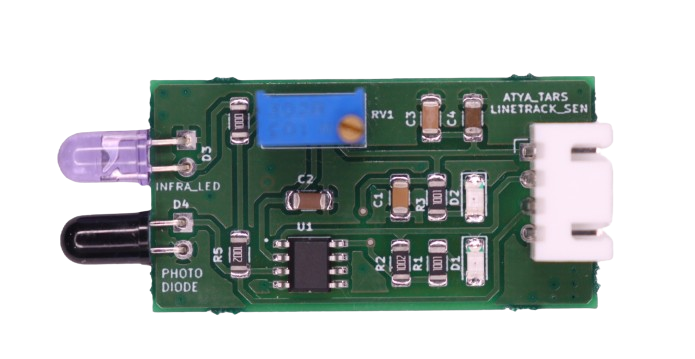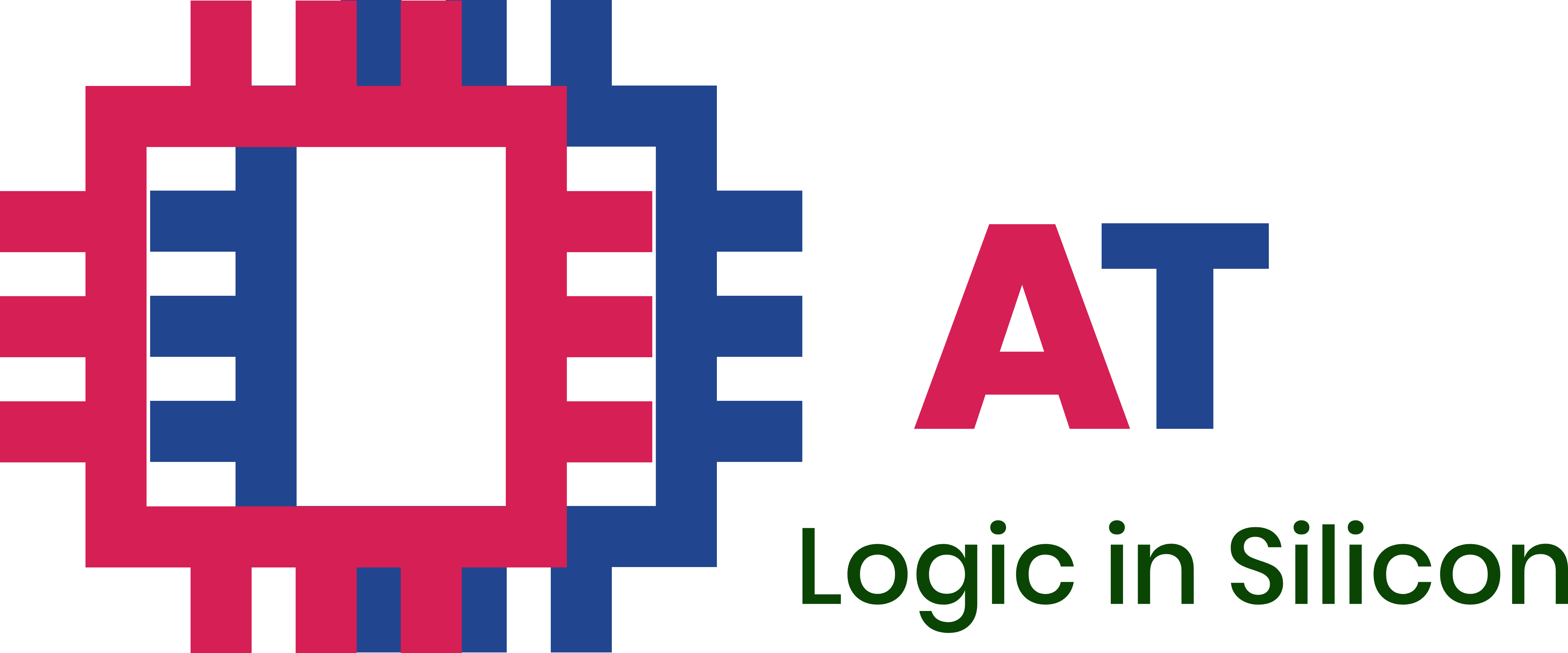LINE TRACK SENSOR

General Description:
It consists of two parts - an IR-emitting LED and an IR-sensitive phototransistor. When the phototransistor detects the reflected infrared light from the IR-emitting LED, it will output a digital signal. This digital signal changes from HIGH to LOW. This Line Finder can output a digital signal to a microcontroller, so the robot can reliably follow a black line on a white background or vice versa. The line finder works on TTL digital output mode. The output becomes HIGH when black is detected and LOW when white is detected.
It is a small-sized device, so it doesn't require too much space on the project dashboard. You can also adjust its detecting range. It uses the LMV358 comparator and the RS-06WD photo-reflective diode to carry out the line following tasks. The Line Finder comes with a 4-pin Buckled Grove interface.
Working Principle:
Line tracking sensors utilize infrared (IR) emitters to project light onto a surface, while IR receivers detect the reflected light. By analyzing the contrast between the surface and a predefined line, these sensors provide either analog or digital output signals. Interpreted by a controller, these signals guide the movement of robots along the path, ensuring precise line following through a continuous feedback loop
Specifications:
1. LMV358 Comparator we used.
2. The flame test using a lighter distance would be 80cm and the distance range would be farther.
3. Sensor having the Analog and Digital output pins.
4. Adjustable detection range digital and analog output sensitive.
5. LM393MX is a dual voltage comparator IC (Integrated Circuit).
6. Operating Voltage: 5V
Requirements
| S. No. | Component Name | Values |
|---|---|---|
| 1 | LMV358 (voltage comparator op-amp) | |
| 2 | Phototransistor | |
| 3 | IR infrared LED | |
| 4 | Resistors | 100R, 10k, 22k |
| 5 | Capacitors | 10u |
| 6 | Male connectors | 4 |
| 7 | LEDS | |
| 8 | Potentiometer (Adjustable) | 10k |
Pin configuration:
| S. No. | Pins | Pin Description |
|---|---|---|
| 1 | VCC | Input Voltage 5V |
| 2 | GND | Common Ground |
| 3 | NC | No connection |
| 4 | D0 | Digital pin connector |
Pin Diagrams:

Applications:
1. Line-following robots are one of the most common applications.
2. Line tracking sensors to follow lines or tracks embedded in factory floors, warehouses, or distribution canters.
3. Automated parking systems, guiding vehicles along designated routes, or assisting in traffic management and control.


